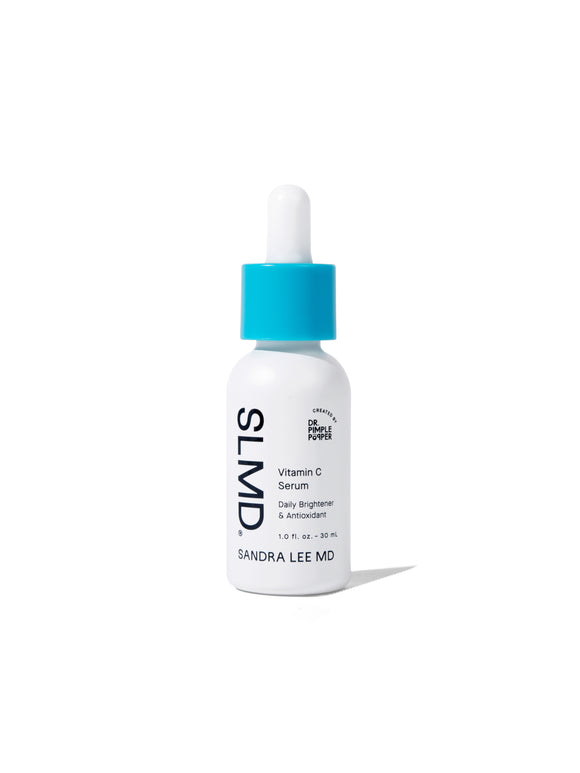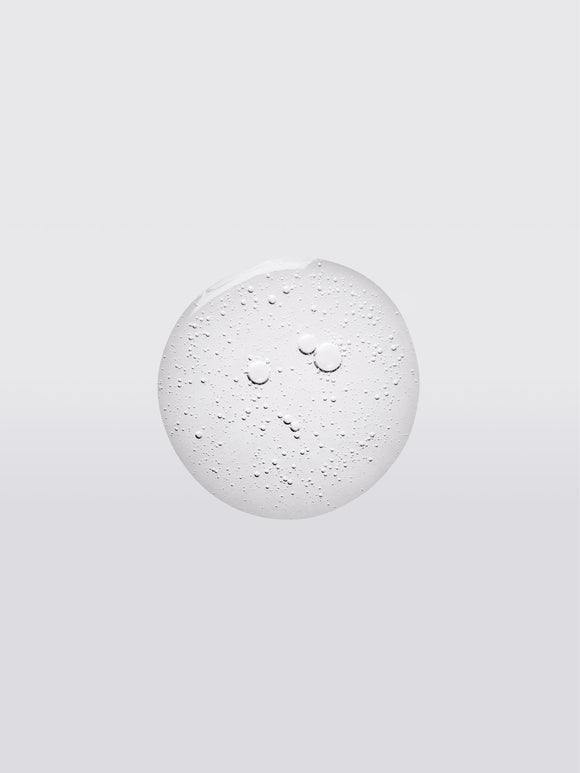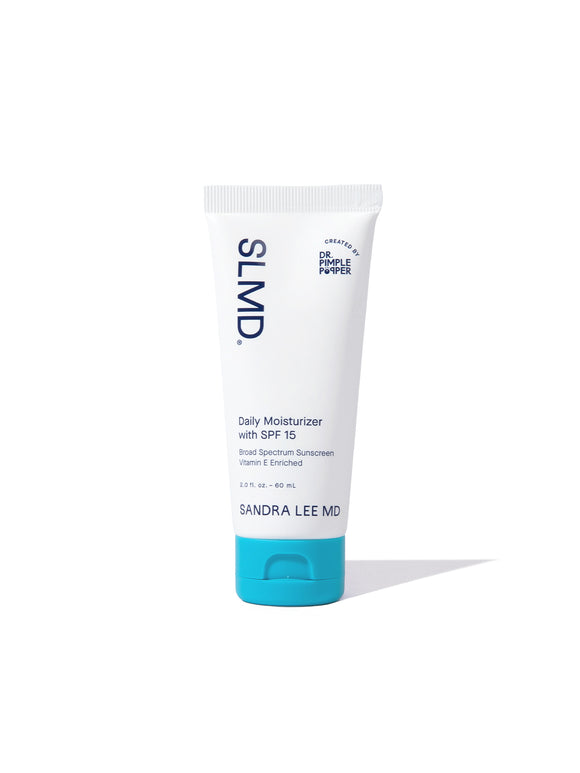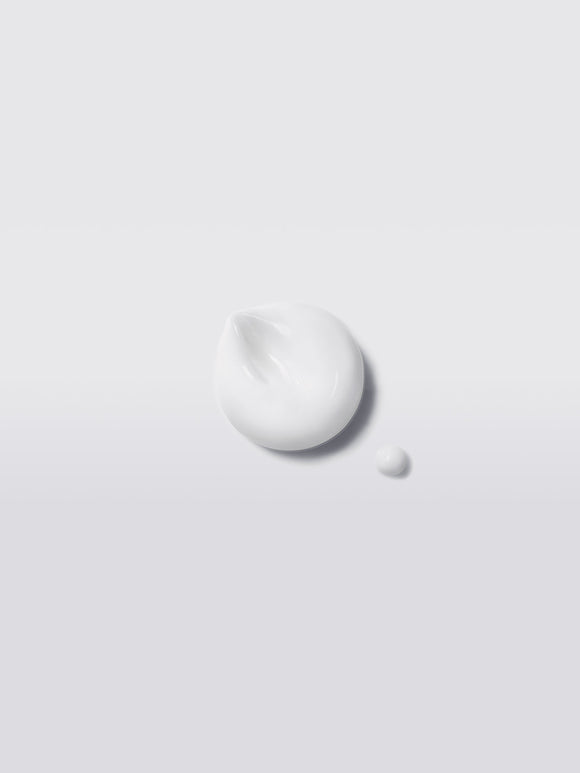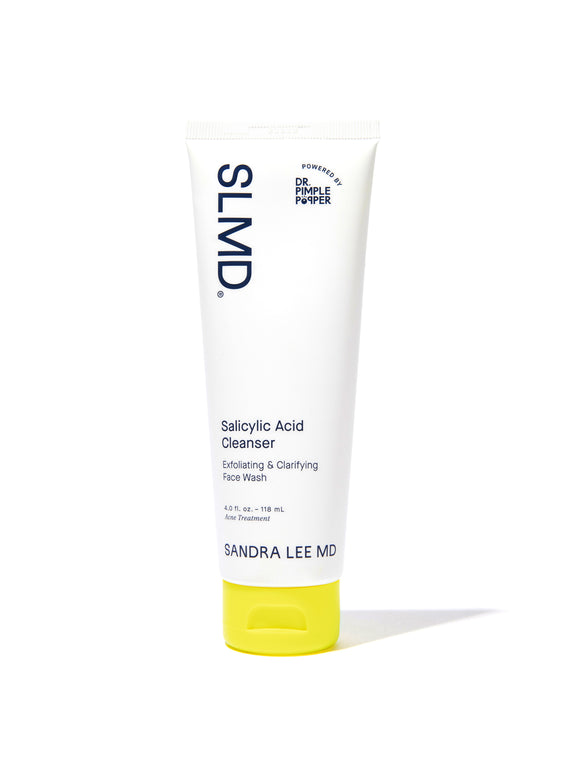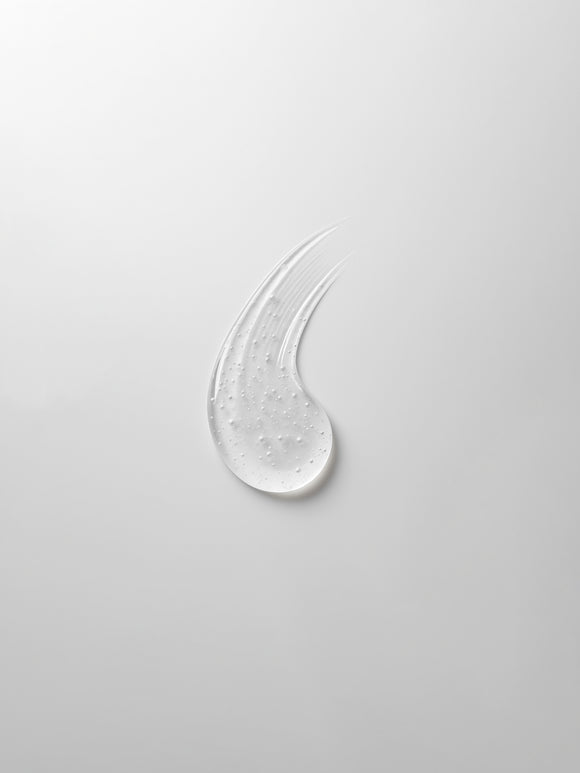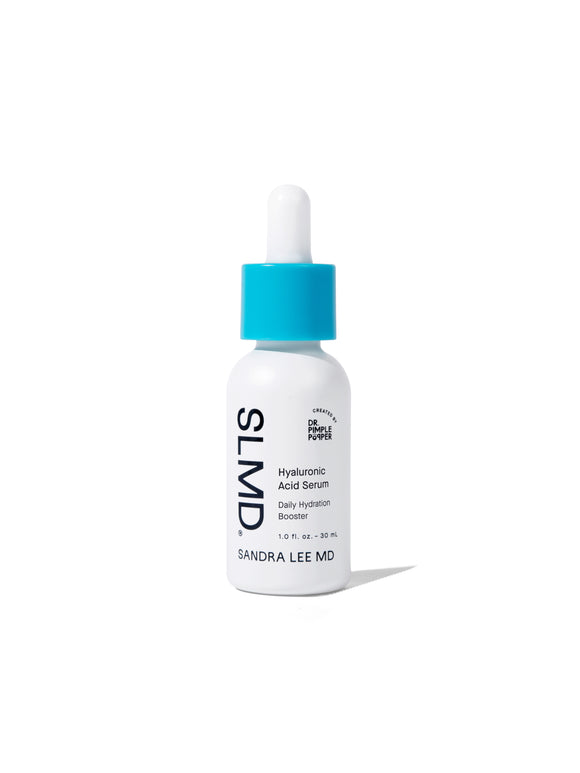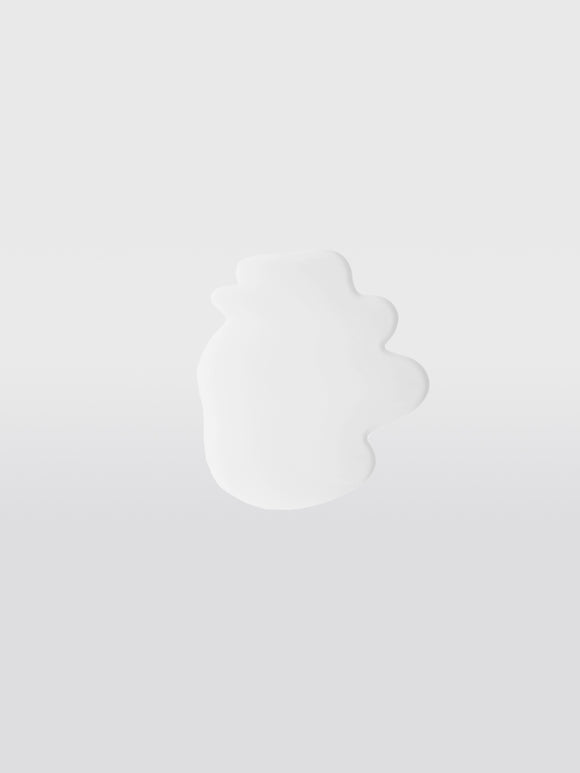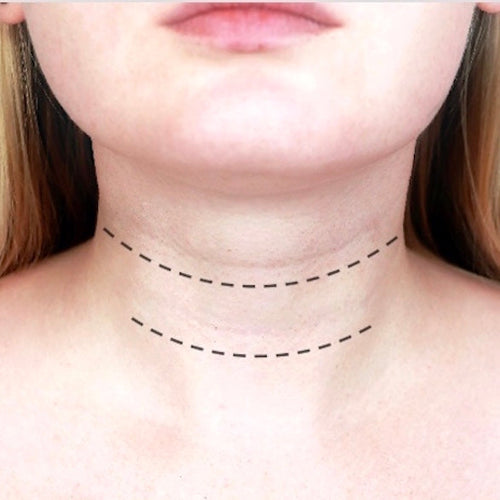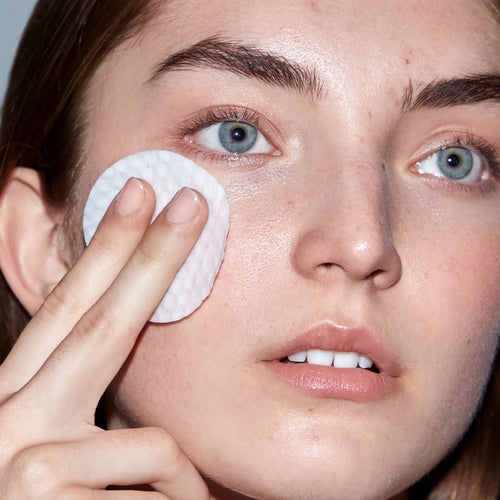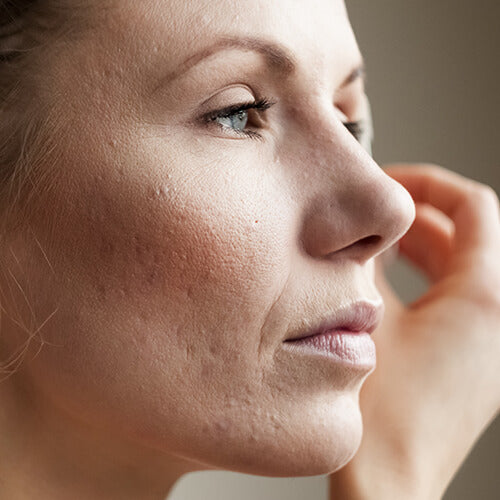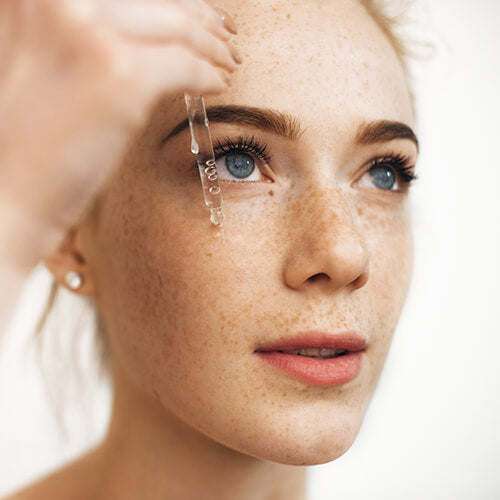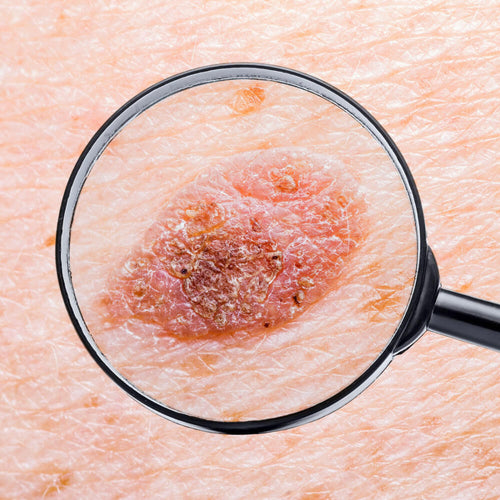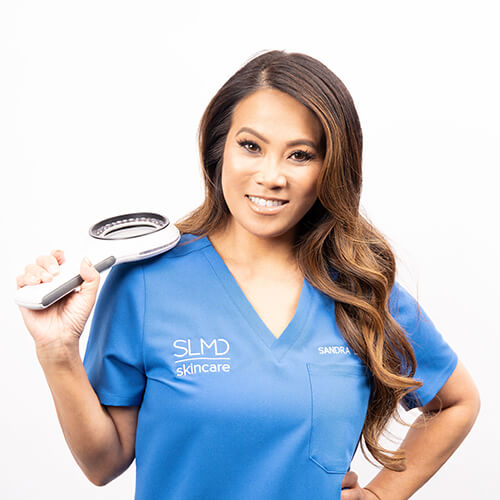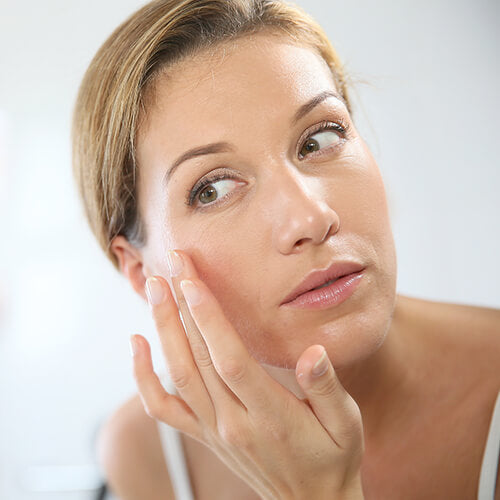
The Ultimate Guide to Layering Skincare for Aging Skin
Dr. Pimple Popper shares expert tips to target wrinkles, dark spots, and dryness.
Published:
2 minute read
As your skin matures, your skincare routine needs to adapt. Properly layering your products allows active ingredients to work effectively — helping your skin stay healthy, hydrated, and youthful.
Here, Sandra Lee, MD (aka Dr. Pimple Popper) breaks down a simple, effective skincare routine for aging skin, with optional treatments for targeting specific concerns.
Article Quick Links
Why skincare layering matters for aging skin
Aging skin requires special attention due to changes like:
- Fine lines and wrinkles
- Thinning skin
- Hyperpigmentation
- Uneven skin tone
- Moisture loss
- Hormonal or menopausal acne (more on that here)
Layering products properly ensures your skin absorbs active ingredients efficiently — helping you achieve visible results faster.
Dr. Pimple Popper's Age-Defying Skincare Picks
Daily skincare routine for aging skin
This simple cleanse, treat, moisturize routine covers the essentials for maintaining youthful, healthy skin:
Morning routine: protect and hydrate
- Cleanser: Removes oil and impurities without drying out your skin. Try: SLMD Salicylic Acid Cleanser
- Antioxidant serum: Protects against environmental stress and boosts radiance. Try: SLMD Vitamin C Serum
- Moisturizer: Seals in hydration and maintains elasticity. Try: SLMD Facial Moisturizer with Vitamin C
- Sunscreen: Shields your skin from sun damage, the biggest cause of premature aging. Try: SLMD Daily Moisturizer with SPF 15
Evening routine: repair and rejuvenate
- Cleanser: Removes makeup, sunscreen, and debris from the day.
- Retinol treatment: Stimulates collagen production, reduces fine lines, and refines pores. Try: SLMD Retinol Resurfacing Serum
- Moisturizer: Deeply nourishes and repairs the skin overnight.
Advanced skincare steps for targeting aging concerns
To address specific aging issues, add these treatments to your routine:
Morning add-ons: boost anti-aging benefits
- Toner: Balances pH and enhances the effectiveness of serums.
- Exfoliant: Gently removes dead skin cells to reveal a brighter complexion (2–3 times per week). Try: SLMD AHA/BHA Swipes
- Dark spot treatment: Fades the look of hyperpigmentation and sunspots.
- Hydrating serum: Locks in moisture and improves skin texture. Try: SLMD Hyaluronic Acid Serum
Evening Add-Ons: Maximize overnight recovery
- Spot treatments: Targets hormonal acne and occasional breakouts. Try: SLMD Salicylic Acid Spot Treatment
- Hydration booster: Provides an extra layer of moisture for overnight recovery.
FAQs: best practices for aging skin care
Q: What’s the most important product for aging skin?
A: Sunscreen. It’s the most effective product for preventing premature aging and protecting skin health.
Q: How often should I exfoliate aging skin?
A: Start with 2–3 times a week and adjust based on your skin’s tolerance.
Q: Can I layer multiple serums?
A: Yes, but stick to complementary ingredients (e.g., vitamin C in the morning, retinol at night) to avoid irritation.
Q: Can you use retinol and hyperpigmentation treatments together?
A: Yes, you can use both. Apply hyperpigmentation treatments before retinol at night. If irritation occurs, alternate application nights between retinol and hyperpigmentation treatments to minimize sensitivity.

Dr. Lee's Last Word
Aging skin requires care, consistency, and a thoughtful routine tailored to its changing needs. Focus on hydration, collagen support, sun protection, and targeted treatments for issues like hyperpigmentation and fine lines. With patience and regular care, you can maintain youthful, healthy skin for years to come.



